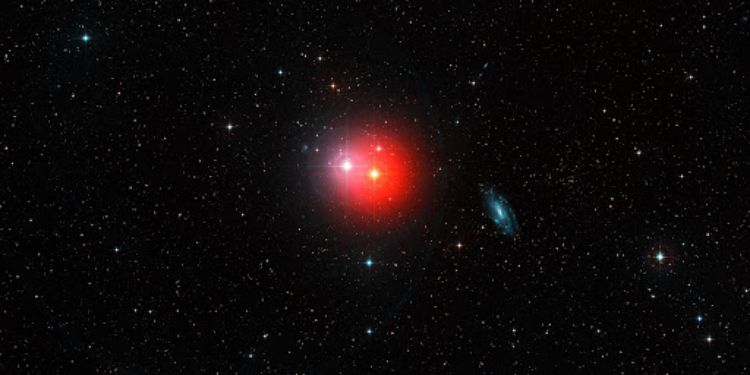In news- Scientists have found abundance of heavy metals in oldest metal-poor stars that are born from the ejecta of first stars.
More information-
- Metal-poor stars technically called Carbon Enhanced Metal Poor (CEMP) stars show enhancement of carbon.
- These were formed from the ejected material of the first stars that formed after the Big Bang, carrying the chemical imprints of early Galactic chemical evolution.
- Probing into the formation of these metal-poor stars that exhibit enhancement in carbon as well as the specified heavy elements can help trace the origin and evolution of the elements in the Universe.
- Scientists earlier found that heavier elements are produced mainly by two processes of nucleosynthesis– slow and rapid neutron-capture processes called s and r processes respectively.
- The CEMP stars showing enhancements of s-process and r-process elements are known as CEMP-s and CEMP-r stars respectively.
- Another subclass of CEMP stars, known as CEMP-r/s stars exhibit enhancement of both s- and r-process elements, the production process of which had remained a puzzle.
- A group of scientists from the Indian Institute of Astrophysics (IIA) have found that an intermediate process which they called i-process operating at neutron densities intermediate between those for s-process and r-process is responsible for the peculiar abundance pattern of CEMP-r/s stars.
- They have also put forward a new stellar classification criteria based on the abundances of barium, lanthanum and europium to distinguish between the CEMP-s and CEMP-r/s stars.
- The team analyzed high quality, high resolution spectra of five CEMP stars acquired using 2-m Himalayan Chandra Telescope (HCT) at the Indian Astronomical Observatory, 1.52-m Telescope at the European Southern Observatory at La Silla, Chile, and the 8.2-m SUBARU Telescope at the summit of Mauna Kea, Hawaii.
Source: PIB














